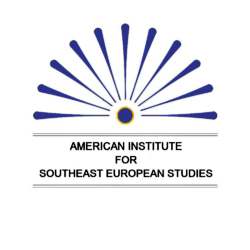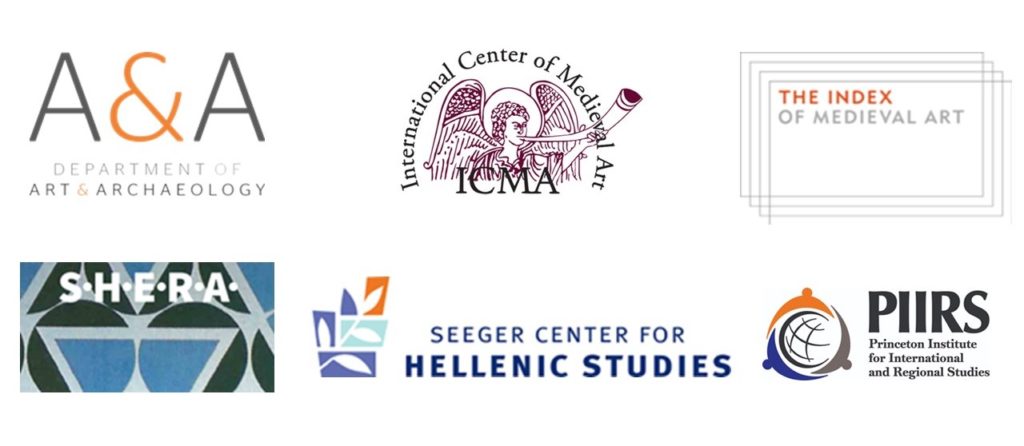Mission
North of Byzantium is an initiative that explores the rich history, art, and culture of the northern frontiers of the Byzantine Empire in Eastern Europe between the thirteenth and seventeenth centuries. Regions of the Balkan Peninsula, the Carpathian Mountains, and further north – such as the modern countries of Croatia, Bosnia and Herzegovina, Slovenia, Serbia, Montenegro, Kosovo, Republic of North Macedonia, Romania, Bulgaria, Albania, Greece, Hungary, Slovakia, Poland, Lithuania, Ukraine, Moldova, Russia, and still others – took on prominent roles in the continuation of the cultural legacy of Byzantium, as well as the transformation and appropriation of Byzantine artistic traditions in the later centuries of the empire and in the decades after the fall of Constantinople to the Ottoman Turks in 1453. The specificities of each of these eastern European regions, and, in modern times, politics and nationalistic approaches, have reinforced the tendency to treat them separately, preventing scholars from questioning whether the visual output could be considered as an expression of a shared history. Moreover, throughout much of the twentieth century, the Iron Curtain created actual and ideological barriers to the study of much of Eastern Europe, rendering relevant literature inaccessible and the study of actual objects and monuments impossible. Much has changed since then, and more remains to be done.
North of Byzantium seeks to promote the study of the rich medieval artistic production of Eastern Europe among undergraduate and graduate students, as well as specialists and non-specialists. Through its annual events, publications, and resources, the initiative engages with issues of visual eclecticism in art and architecture, patronage, the transfer of artistic ideas and styles, and charts how cross-cultural exchange operated in regions of the Balkans, the Carpathians, and further north that developed at the crossroads of the Latin, Greek, Slavic, and Islamic cultural spheres. North of Byzantium was launched with generous support from the Mary Jaharis Center for Byzantine Art and Culture.
Many other institutions and organizations have sponsored particular events and publications, including the International Center of Medieval Art (ICMA), the Society of Historians of East European, Eurasian, and Russian Art and Architecture (SHERA), the Princeton Institute for International and Regional Studies (PIIRS), the Department of Art and Archaeology, the Index of Medieval Art, and the Seeger Center for Hellenic Studies at Princeton University, and Tufts University. Most recently, North of Byzantium has partnered with the American Institute for Southeast European Studies (AISEES).
Features: ICMA Resources for Teaching a Global Middle Ages | Global Middle Ages | Middle Ages for Educators




